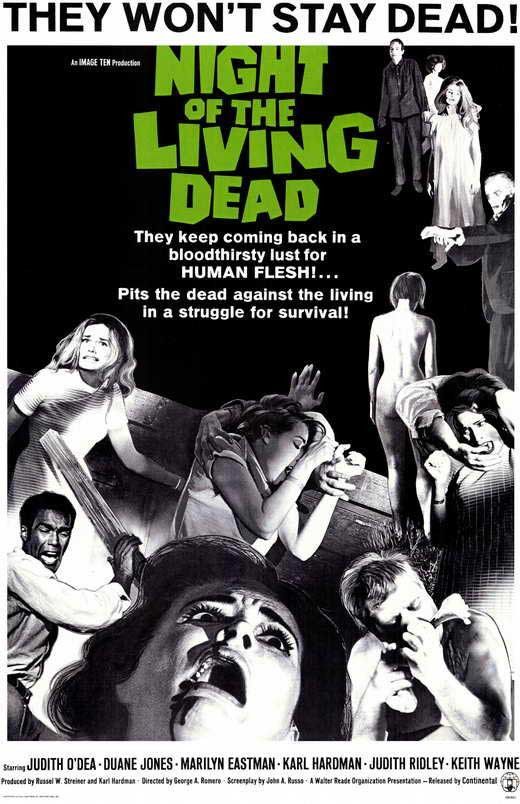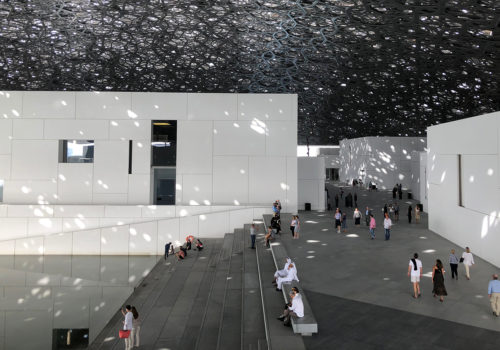A free platform that features the great classics, the masterpieces of silent film and the rarest of movies.
Films and television series are experiencing a real viewing boom. The Coronavirus emergency has inflated the volume of downloads and streaming and there is a truly ample range of offers on the Internet. The programming is rich, on Netflix and on the web giants, who are offering special access even to non-subscribers. But even before all this came to pass, there has been a platform that boasts a catalogue of films that may all be streamed free of charge: a veritable “bible” of auteur cinema. It’s called Open Culture, and is a project conceived to spread the culture of cinema: it has made watching films for free its mission.
There are about 1150 titles available, which may be seen with a simple click without even having to register or provide personal data.
The choice ranges from the great classics to auteur short films, and includes documentaries and silent film masterpieces, as well as rare films that are generally very hard to find, and which Open Culture has collected through a painstaking effort based on experience.
 The catalogue is simple to browse through: the contents are divided by genre and typology. The collection includes most of the masterpieces of German Expressionist filmmaking, and over a hundred South Korean films, many Asian kung-fu and martial arts movies, and about seventy Hd films from the Russian Mosfilm studios, including films by Tarkovsky (to whom a special section is dedicated), Eisenstein and Kurosawa and the 1969 version of Tolstoy’s great novel War and Peace by Sergei Bondarchuk.
The catalogue is simple to browse through: the contents are divided by genre and typology. The collection includes most of the masterpieces of German Expressionist filmmaking, and over a hundred South Korean films, many Asian kung-fu and martial arts movies, and about seventy Hd films from the Russian Mosfilm studios, including films by Tarkovsky (to whom a special section is dedicated), Eisenstein and Kurosawa and the 1969 version of Tolstoy’s great novel War and Peace by Sergei Bondarchuk.
Many of the films are in the original and original language version (though many are subtitled in English) so that their full value may be appreciated.
The collection is divided into the following categories: Comedy & Drama, Noir Films, Horror &Hitchcock, Westerns (most of them starring John Wayne), Martial Arts Movies, Silent Films, Documentaries and Animation. There is also a special collection with Oscar-winning films.

The films in the Horror section include Dementia (Daughter of Horror) by John Parker, made in 1955, which combines elements of horror, noir and expressionism. The great “classics” include the 1968 zombie movie The Night of the Living Dead by George Romero.
In the category of silent films there are about twenty by Buster Keaton and sixty starring Charlie Chaplin. The Documentary section is quite rich: around a hundred films on the subject of art and architecture, including many films about the great names in music and others made by the great film animators and designers.
Each film features a short description not just about the plot, but about the typology of film as well, to allow viewers to understand the value of the work and to frame it within its genre category. It also provides indications of other films in the same category or by the same director in a process that helps to develop a film culture within each genre.
 Open Culture brings together high-quality cultural & educational media for the worldwide lifelong learning community – reads the presentation of this initiative. Web 2.0 has given us great amounts of intelligent audio and video. It’s all free. It’s all enriching. But it’s also scattered across the web, and not easy to find. Our whole mission is to centralize this content, curate it, and give you access to this high quality content whenever and wherever you want it”. And for those who are not content just with films, the Open Culture website offers a great deal more, free of charge: there are 1500 university classes, 1000 audio books, 800 e-books for iPad, Kindle and other devices, 200 resources for children including video-classes, apps and books, and 46 language classes.
Open Culture brings together high-quality cultural & educational media for the worldwide lifelong learning community – reads the presentation of this initiative. Web 2.0 has given us great amounts of intelligent audio and video. It’s all free. It’s all enriching. But it’s also scattered across the web, and not easy to find. Our whole mission is to centralize this content, curate it, and give you access to this high quality content whenever and wherever you want it”. And for those who are not content just with films, the Open Culture website offers a great deal more, free of charge: there are 1500 university classes, 1000 audio books, 800 e-books for iPad, Kindle and other devices, 200 resources for children including video-classes, apps and books, and 46 language classes.
© ALL RIGHTS RESERVED
translation by Olga Barmine






